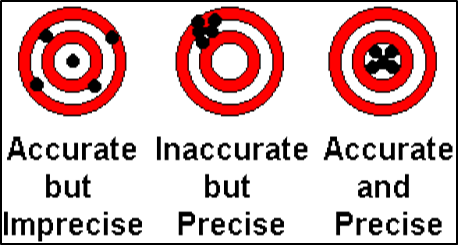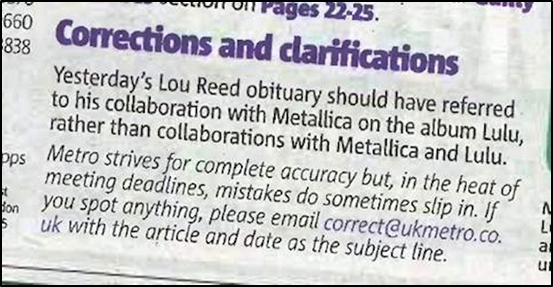There’s a famous saying, “Once is a mistake, twice is a choice”. People learn from mistakes, and a wise person is the one who not only accepts and acknowledges his/ her mistake, but also makes proper amendments. Often, when writing or speaking English, we might make mistakes; and that is perfectly all right. However, when you do make such a mistake, it is important that you make a clarification.
What is a clarification?
You must have often come across this word while reading a newspaper. Whenever, there is a misinformation or wrong news in the newspaper, the editor publishes a clarification the very next day. Clarification means an effort to make a situation or a fact less confusing and more comprehensible. Alternatively, simply provide the correct facts.
An important part of learning English is also to know the art of making a clarification the right way. Whether you make a mistake while writing, or in spoken English, you should know just how to make a clarification.
Points to remember
Keep it precise: The whole point of making a clarification is to simply acknowledge your mistake and provide the correct facts. Hence, there is no need to write a whole essay just to make your point. The best clarification is the one that is brief, crisp and to the point.

Do not make it even more confusing: Using the correct words, phrases and sentences while rendering a clarification is of utmost importance. There are two aspects to a clarification. One is to negate the wrong information, and secondly, to provide the correct information. There is no need to include anything else, because that will only make it more confusing.
Include an apology: A clarification is essentially incomplete without an apology. After you have stated your facts, it is important that you excuse your mistake and post an apology. The next time you read a newspaper and come across a clarification, read it carefully. It always concludes with the sentence, “We apologize for our mistake”, “the error is deeply regretted”, or something in a similar tone.

Ways to make a clarification
We have always been helping you better your spoken English through our blogs and articles. Since we are discussing the art of making a clarification, let’s learn some sample sentences, using which you can easily make a clarification.
Formal clarification: When you are making a formal, written clarification, start by acknowledging the mistake first, then provide the correct fact, and finish it off with an apology. For example: Yesterday’s report on online sales, titled, ‘Who’s the boss’, states that Mr. Hemant Sharma is the CEO of Target Sales. This information is incorrect. Mr. Hemant Sharma is the chairman of Target Sales. The error is deeply regretted.”

Casual clarification: Often, when speaking in English, it is possible that you will make a mistake. Let’s say, you are sitting with your friends discussing the exam timetable and you mistakenly say that the first paper is English, instead of Science. How will you clarify this mistake with your friends? You can simply say, “Oh! I made a mistake of saying that the first test paper is English. It is actually Science. Please excuse me for my error.”
See, it is that simple!
About EAgeTutor:
eAgeTutor.com is the premier online tutoring provider. eAge's world-class faculty and ace communication experts from around the globe help you to improve English in an all-round manner. Assignments and tasks based on a well-researched content developed by subject matter and industry experts can certainly fetch the most desired results for improving spoken English skills. Overcoming limitations is just a click of mouse away in this age of effective and advance communication technology. For further information on online English speaking course or to experience, the wonders of virtual classroom fix a demonstration session with our tutor. Please visit www.eagetutor.com.
Contact us today to know more about our spoken English program and experience the exciting world of e-learning.
- By Shailja Varma
Related topics:
1· Conversation with a Fellow English Learner
2· How to Communicate on Social Media Platforms?
3· How to Overcome the Anxiety of Making Mistakes when Speaking English?
4· Basic vocabulary in graphs and charts
5. Learning plurals with examples